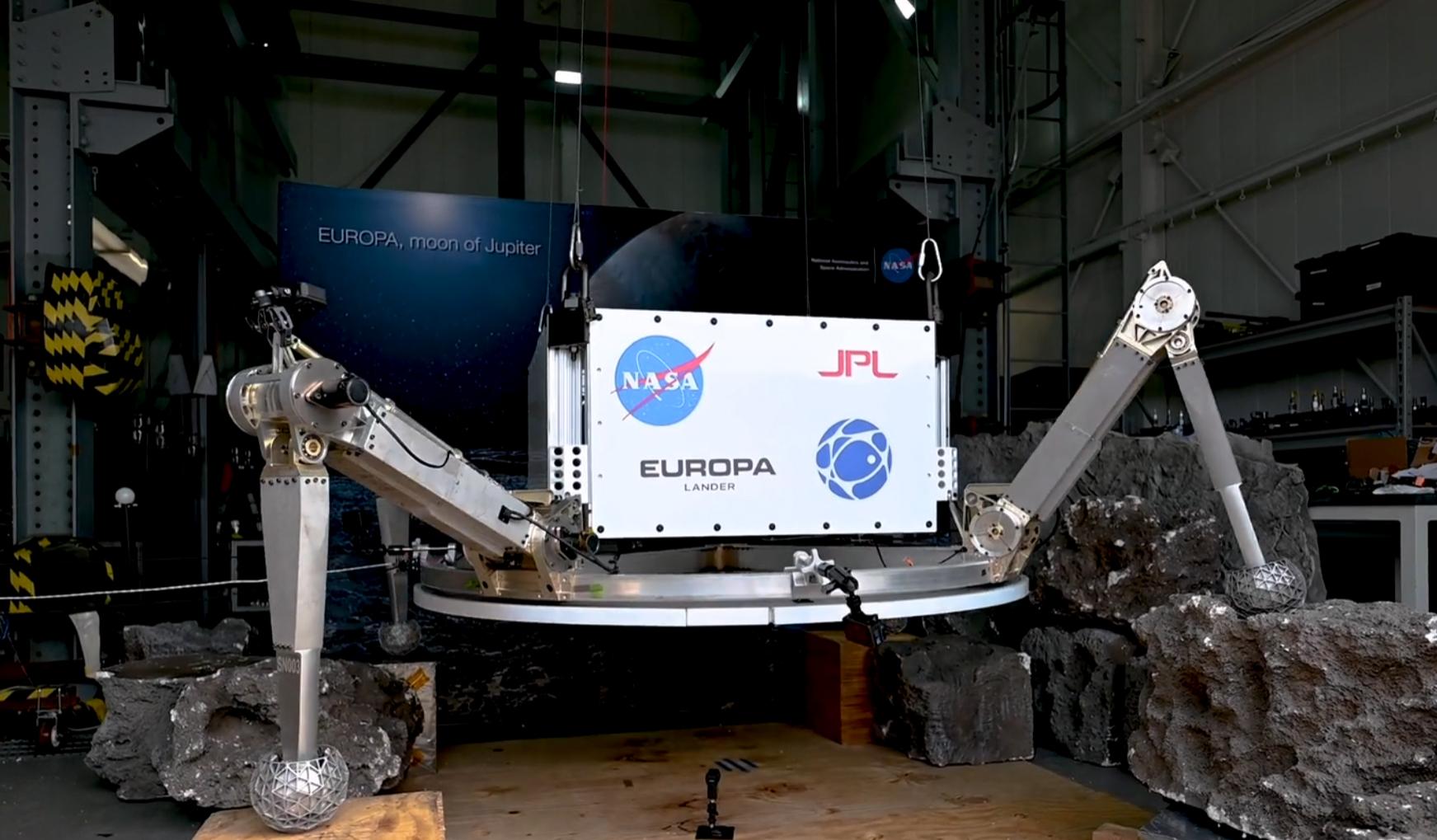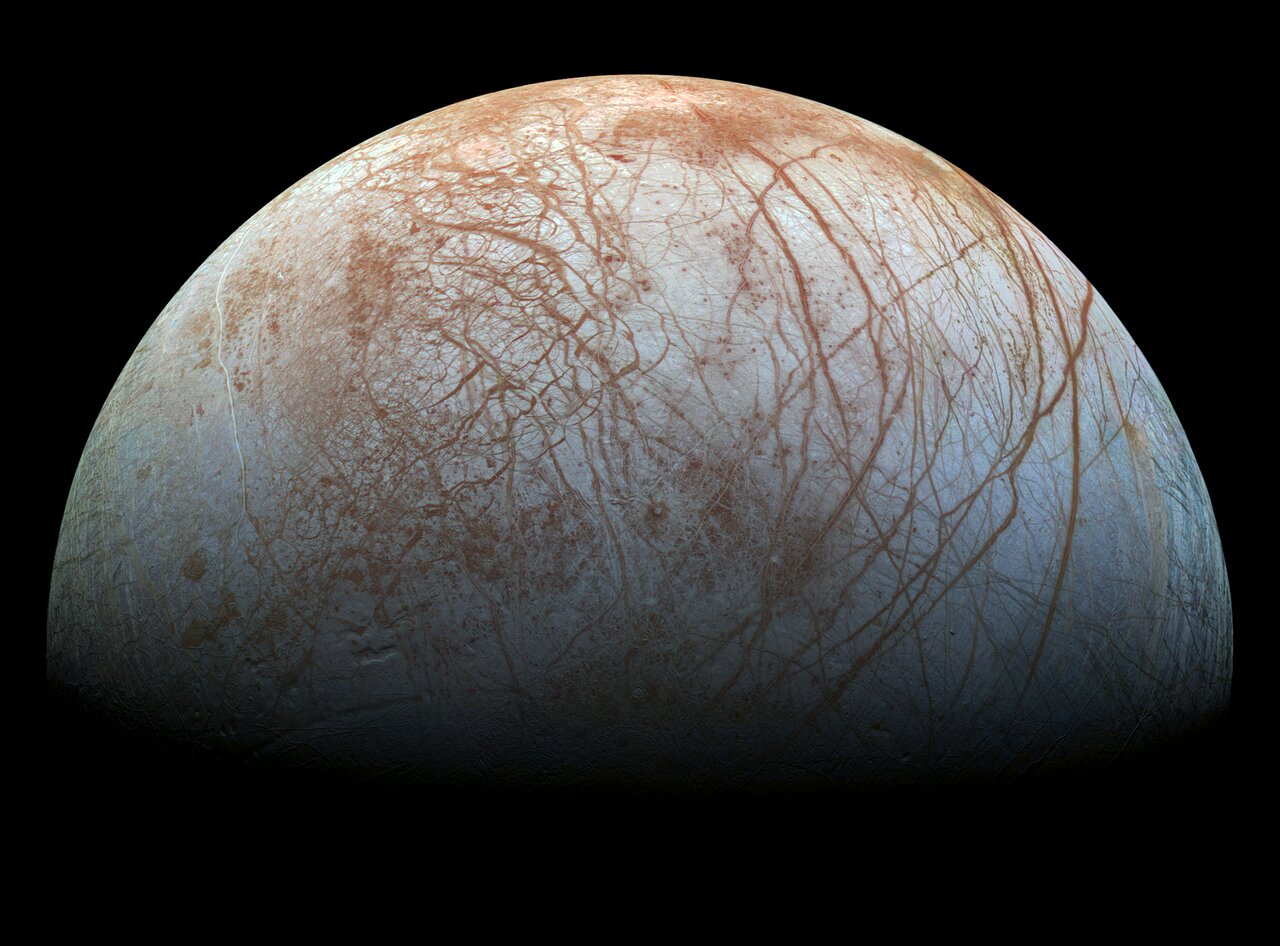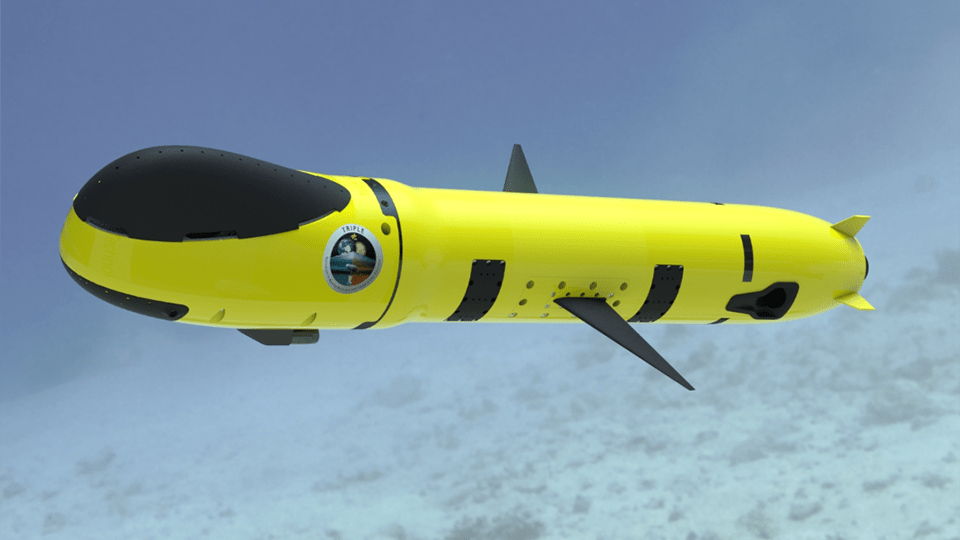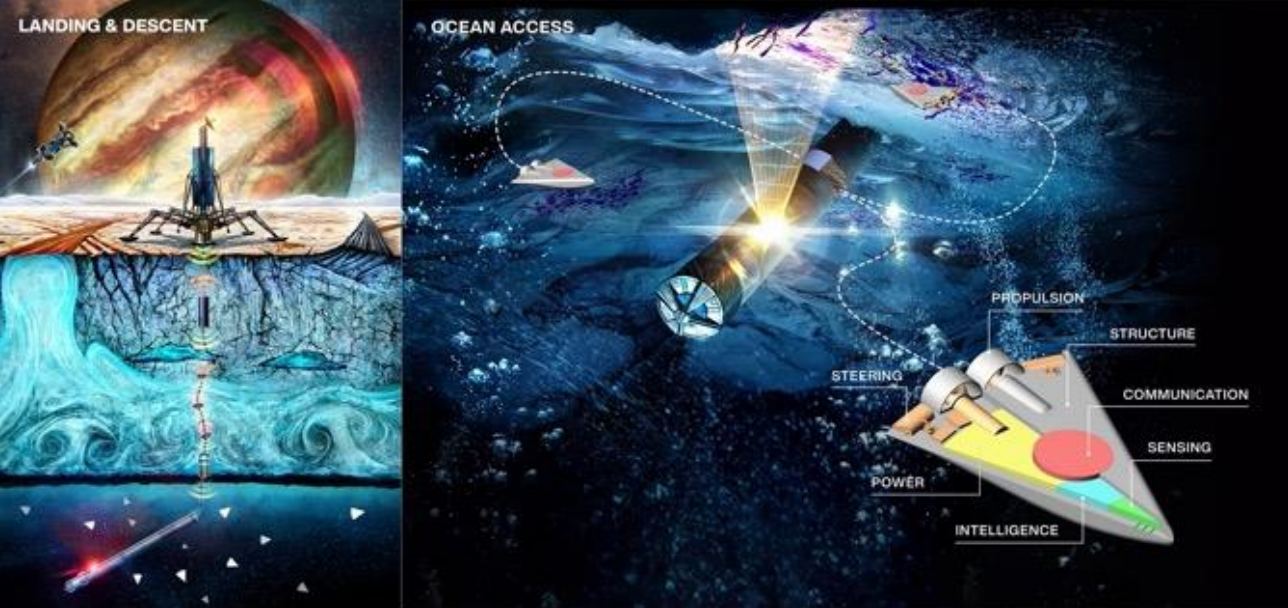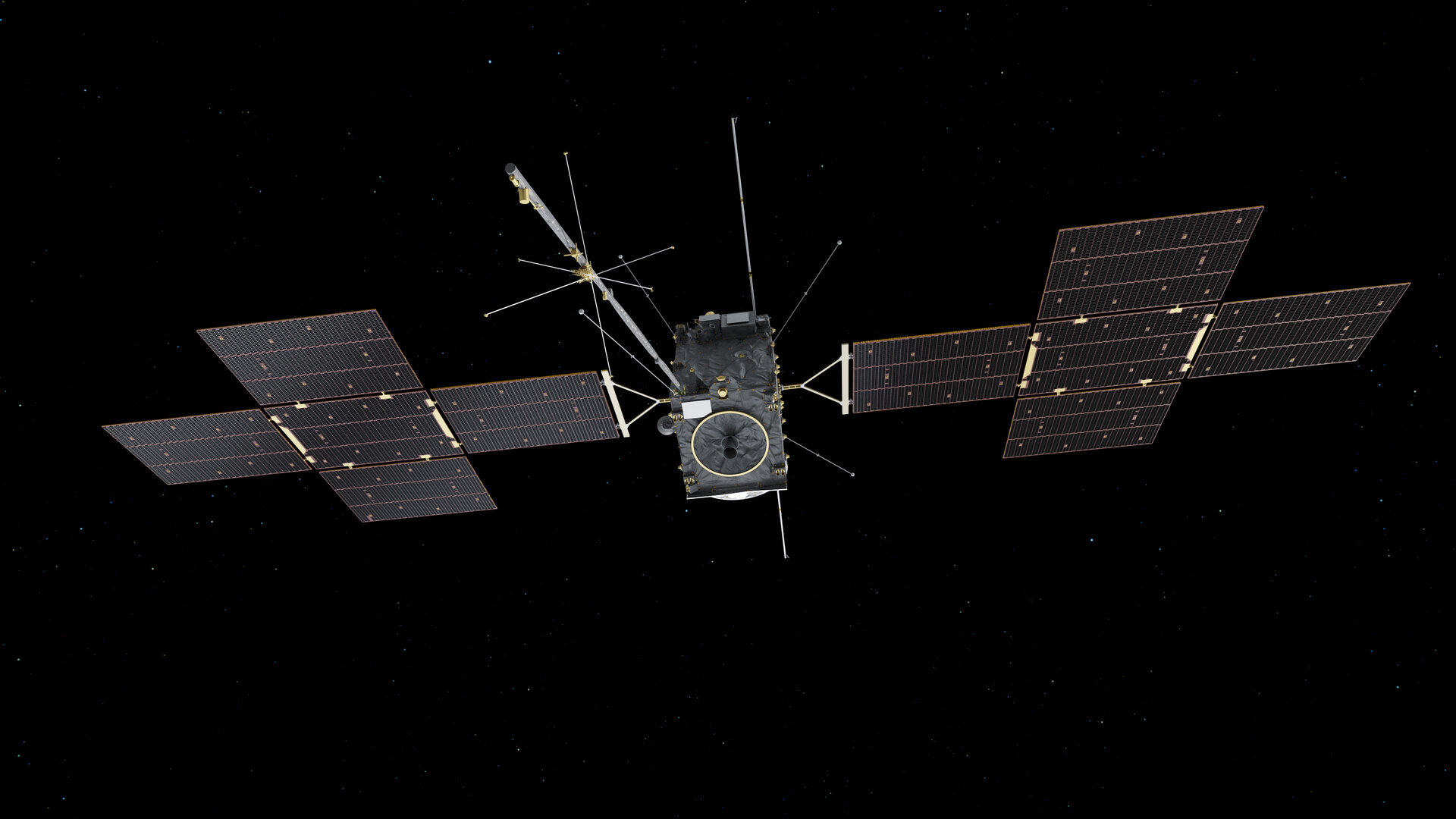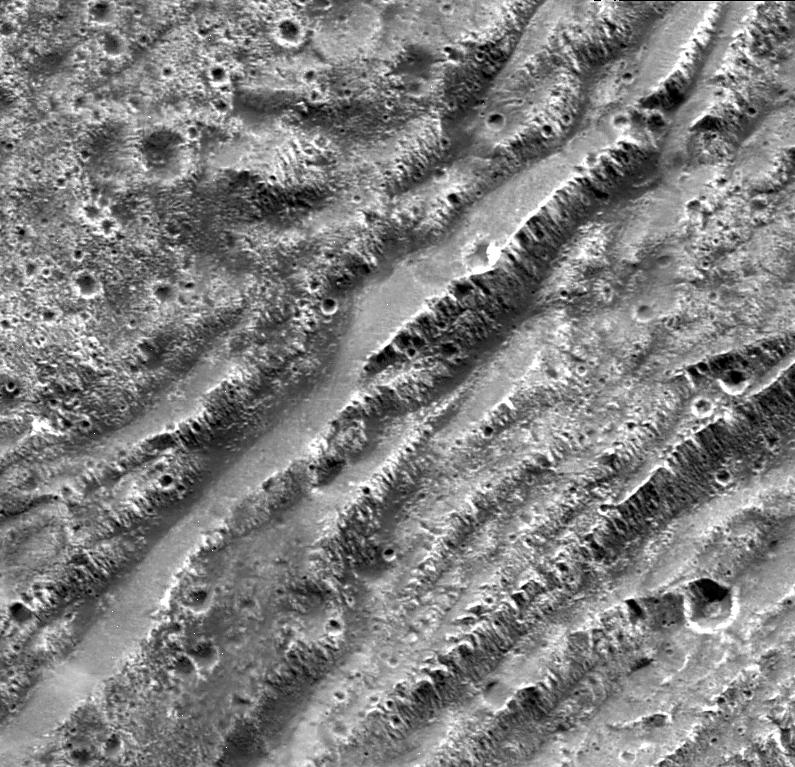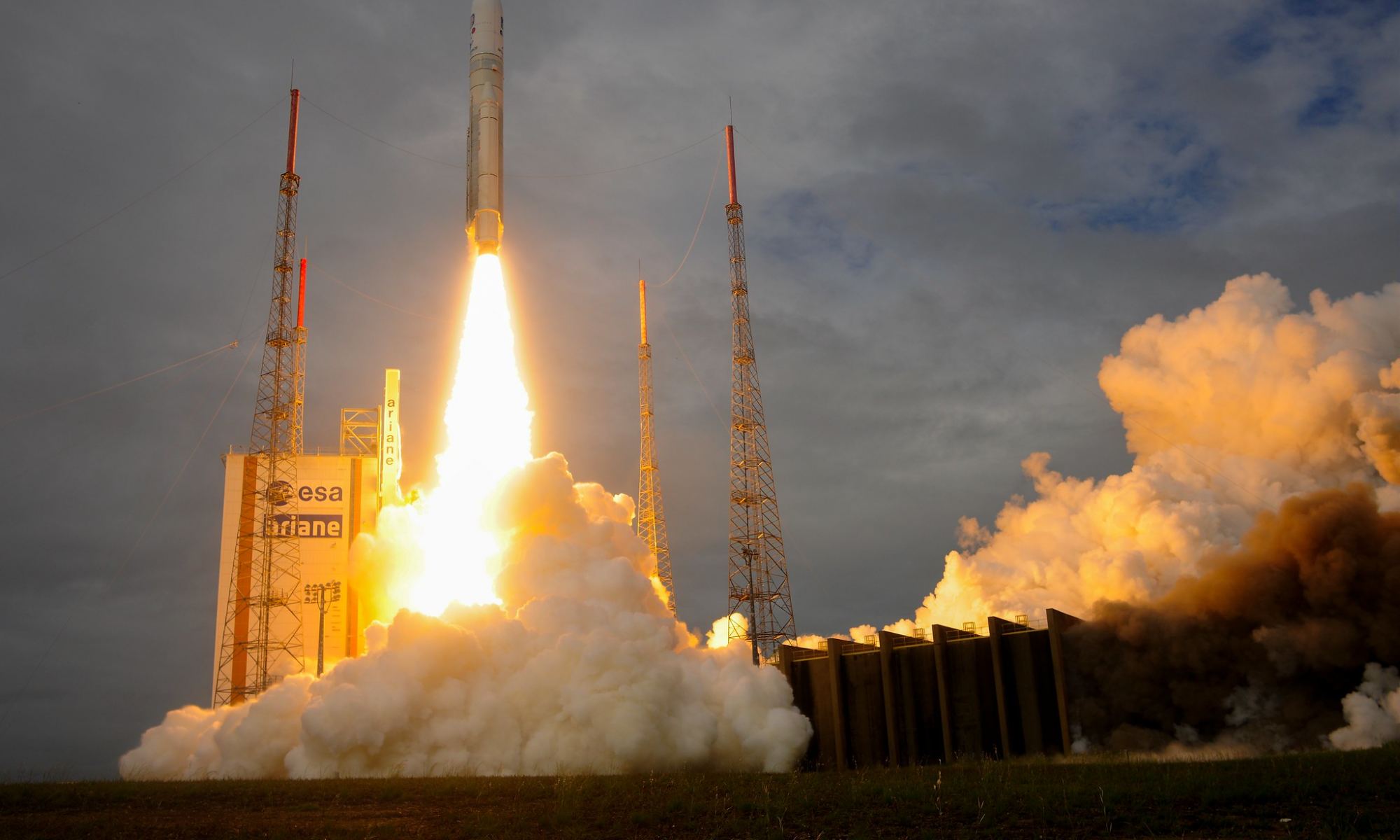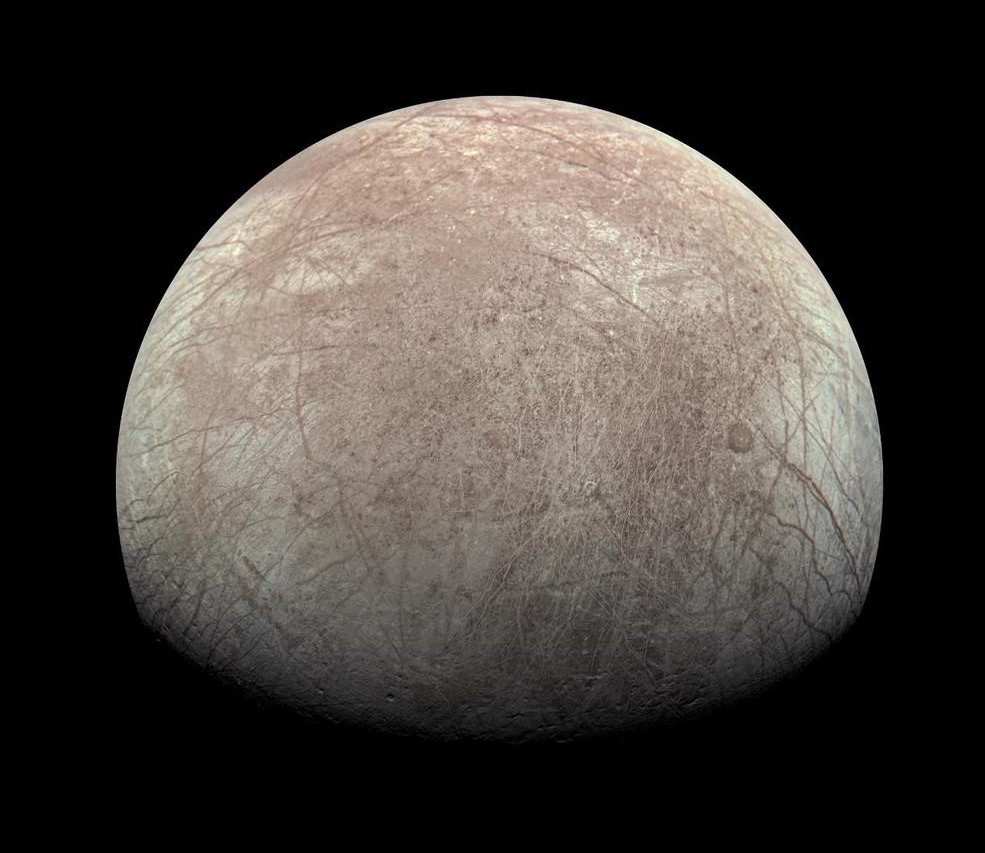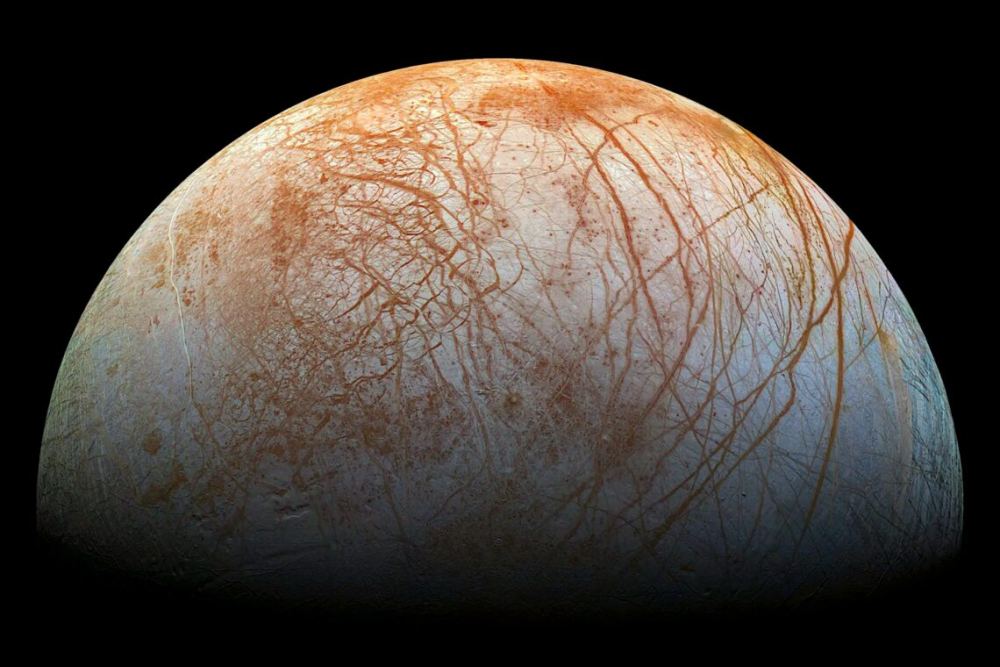In 2024, NASA will launch the Europa Clipper, the long-awaited orbiter mission that will fly to Jupiter (arriving in 2030) to explore its icy moon Europa. Through a series of flybys, the Clipper will survey Europa’s surface and plume activity in the hopes of spotting organic molecules and other potential indications of life (“biosignatures”). If all goes well, NASA plans to send a follow-up mission to land on the surface and examine Europa’s icy sheet and plumes more closely. This proposed mission is aptly named the Europa Lander.
While no date has been set, and the mission is still in the research phase, some significant steps have been taken to get the Europa Lander to the development phase. This past August, engineers at NASA’s Jet Propulsion Laboratory (JPL) in Southern California tested a prototype of this proposed landing system in a simulated environment. This system combines hardware used by previous NASA lander missions and some new elements that will enable a mission to Europa. It also could be adapted to facilitate missions to more “Ocean Worlds” and other celestial bodies in our Solar System.
Continue reading “NASA Tests a Prototype Europa Lander”
